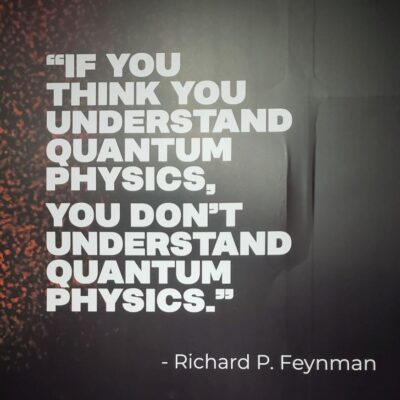According to Merriam-Webster, the word hierarchy has five definitions:
- a division of angels
- a: a ruling body of clergy organized into orders or ranks each subordinate to the one above it, especially: the bishops of a province or nation
b: church government by a hierarchy - a body of persons in authority
- the classification of a group of people according to ability or economic, social, or professional standing, also: the group so classified
- a graded or ranked series, e.g. a hierarchy of values
However you define it, the word hierarchy definitely gets a bad rap.

The Challenge with Hierarchy
The bad rap is often well deserved. Intentionally or not, people can use hierarchy to reinforce power imbalances. There is an inherent divide in classifying groups of people according to ability or standing. Those closer to the top can easily create systems that keep them at the top. And prevent others from achieving greater ability or standing.
No matter how well-intentioned, hierarchy cannot be neutral by its very nature. There is always a choice to put one thing ahead of another. The higher up one is, the more comfortable this feels. For those classified as being less than, the power imbalance can feel uncomfortable and, in some cases, quite damaging.
Within the power imbalance, conflict and division arise. Those closer to the top might be unaware of the problem. They might be aware but unsure what to do to resolve the conflict, or possibly even feel threatened and unwilling to make a change for fear of loss. Those classified as less able or with lower standing likely know what is at the root of the conflict but feel powerless to make change.
How Can People Still Be and Feel Valued?
Is it possible to live or work within hierarchy and still be and feel valued? I believe so.
While there is a challenge in hierarchy, there is also value. When done well, hierarchy can create a lightweight structure where people can orient themselves, understand the work, and get it done with minimal friction. The lack of neutrality can be used to move forward rather than getting in the way. This happens when we focus on creating a life-nourishing rather than life-depleting environment. Focus on classification of things rather than people. And with a commitment to creating the conditions that make it easy to move within the hierarchy. Movement becomes dependent on personal choice rather than being limited by external structures. Some of these classifications or series can include:
- ranking of values so that the organization’s values are not just clear, but are also well-understood including which value has higher priority to support good decision making
- defining who has the authority make which kinds of decisions with an emphasis on empowering people to be able to make decisions necessary to complete their work
- understanding and clearly describing the skills and abilities needed for each role in the organization and making skill development accessible for everyone who wants to develop themselves further with the intention of changing roles
- designing clear and transparent reporting and functional organograms (org charts) that define who actually has authority and how work actually gets done in day-to-day practice (rather than in theory)
Maybe you can imagine some more places in your organization or organizations you work with where hierarchy can be helpful rather than harmful?
Being Intentional to Support Equality and Inclusion
With practice, it is possible to flatten hierarchy to the minimal structure necessary to do good work. From there, it is possible to develop a clear approach for intentionally working with the hierarchy to support equality and inclusion rather than using it as a barrier.
One way to be intentional in choice-making around hierarchy is to learn Whole Person Process Facilitation (WPPF) and use it as often as possible. “Maximum choice, maximum freedom” is a mantra of this method. In other words, identifying the minimal structure necessary for accomplishing work. Offering as much choice as possible within that structure. And giving people the freedom to act within that combination of structure and choice.
We teach this approach of “maximum choice, maximum freedom” as something to apply to meeting facilitation. One can easily adapt it across the organization with regular practice too. In this way, it is possible to approach hierarchy from as life-nourishing a position as possible. It reduces the explicit hierarchy to what is necessary for optimal functioning. When we flatten the system as much as possible, equality and inclusion naturally increase.
WPPF also offers a facilitated container that reduces unhelpful implicit hierarchy. Using WPPF invites the whole person to be as fully present as possible, pays attention to adult learning, invites contributions from all learning styles, and creates opportunities to hear all voices without being talked over. It focuses on developing a life-nourishing container where all people can participate equally and can thrive.
And with that, hierarchy isn’t so bad.
Image Credit: Edvard Alexander Rølvaag on Unsplash









Leave a Reply